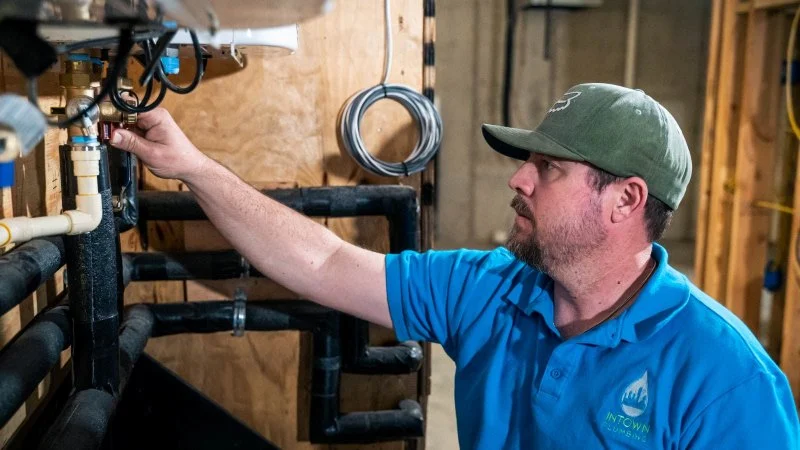
- 1. Importance of Inspecting Plumbing Connections
- 2. Tools Needed for Plumbing Inspection
- 3. Step-by-Step Process to Inspect Plumbing Connections
- 4. Common Plumbing Issues in Additions
- 5. How to Fix Common Plumbing Issues
- 6. Conclusion and Next Steps
1. Importance of Inspecting Plumbing Connections
When you add on to your home, whether it’s a small bathroom extension or a full guest suite, ensuring the plumbing connections are properly inspected is crucial for avoiding costly repairs in the future. Plumbing failures, especially those hidden behind walls or under floors, can lead to water damage, mold, and expensive reconstruction. A well-executed inspection can save you from these headaches and keep your new addition running smoothly.
2. Tools Needed for Plumbing Inspection
Before diving into the plumbing inspection process, it’s essential to gather the right tools. Here's a list of tools you'll need:
- Pipe wrench
- Flashlight or portable work light
- Plumbing snake or auger
- Pressure gauge
- Pipe leak detection solution
- Bucket or container for drainage
Having the right equipment ensures a thorough inspection, allowing you to identify any issues immediately and effectively.
3. Step-by-Step Process to Inspect Plumbing Connections
Inspecting plumbing connections in an addition involves a series of steps. Here’s a comprehensive breakdown:
Step 1: Check for Visible Leaks
Start by checking all visible pipes for leaks. This includes any joints, connections, and areas where water flows into your new addition. Tighten any loose fittings and replace any worn-out seals.
Step 2: Test Water Pressure
Use a pressure gauge to check the water pressure. Low water pressure could indicate a hidden blockage or a problem in the system. It’s important that water pressure is consistent throughout the house.
Step 3: Inspect Drainage Lines
Examine the drainage system by running water through the pipes and checking for signs of slow drainage or clogs. If the water doesn’t drain quickly, it could signal an obstruction, which could lead to future plumbing issues.
Step 4: Look for Potential Backflow Problems
Backflow can occur when wastewater moves in the wrong direction. This is dangerous for both health and home integrity. Check for any backflow valves that might need repair or replacement.
Step 5: Inspect Venting Systems
Venting systems allow air to flow into the plumbing system to prevent vacuum effects. A blocked vent can lead to water flow issues. Use a flashlight to inspect the vent pipes for blockages.
Step 6: Check for Proper Insulation
Plumbing pipes, especially in colder climates, need proper insulation. Check for any areas where pipes might be exposed to freezing temperatures, as this can cause them to burst in the winter.
4. Common Plumbing Issues in Additions
When inspecting plumbing in a new addition, there are some common issues to look out for:
- Leaking pipes or joints
- Incorrectly sized pipes for the water demand
- Improperly installed fixtures
- Blocked drainage or venting systems
- Corroded or outdated plumbing materials
It’s essential to be aware of these issues during the inspection process, as catching them early can save you time and money.
5. How to Fix Common Plumbing Issues
If you find any problems during the inspection, here’s how you can address them:
Fixing Leaks
For small leaks in joints, you can tighten the fittings or replace the worn-out gaskets. For larger leaks, you may need to replace a section of the pipe or joint. Always turn off the water supply before making repairs.
Unclogging Drains
If you encounter slow drainage, use a plumbing snake or auger to remove clogs. If the problem persists, consider using a chemical drain cleaner or calling a professional plumber for further assistance.
Repairing Backflow Issues
Backflow problems usually require the installation or repair of backflow prevention valves. Consult a plumber if you suspect a serious issue in this area.
6. Conclusion and Next Steps
Inspecting plumbing connections in an addition is a crucial task for ensuring the functionality and safety of your home. By following the steps outlined above, you can catch potential issues early and avoid costly repairs down the road. If you’re unsure about performing the inspection yourself or if you discover a major issue, it’s always best to call in a professional plumber. At Plumbers Supply Hub, we offer a wide range of plumbing products and services to help with your plumbing needs. Whether you need parts for a quick fix or expert advice, we have you covered.

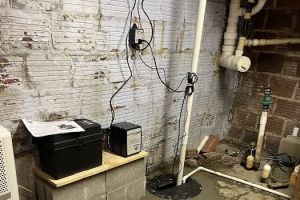
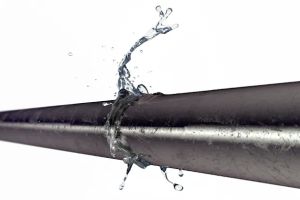
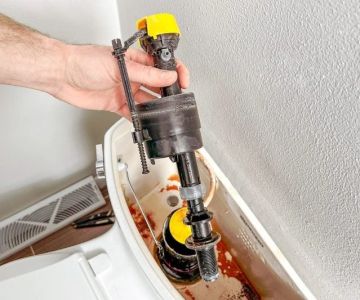
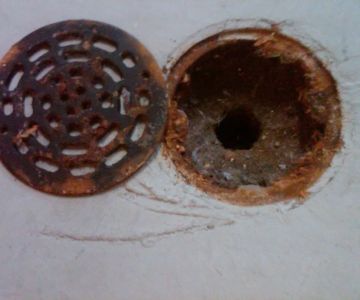
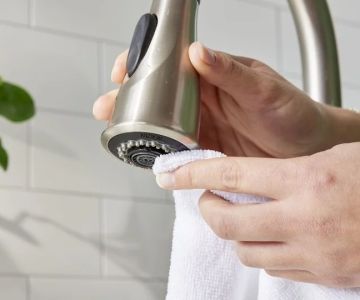
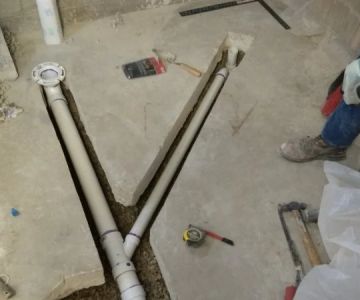


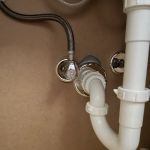 CAPYBARA PLUMBING SERVICE CLEVELAND5.0 (5 reviews)
CAPYBARA PLUMBING SERVICE CLEVELAND5.0 (5 reviews)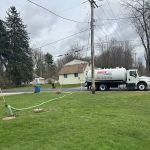 Rooter Man4.0 (476 reviews)
Rooter Man4.0 (476 reviews)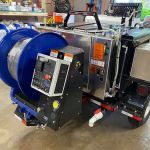 Carter's Plumbing, Heating & Cooling of Bloomfield Hills4.0 (1473 reviews)
Carter's Plumbing, Heating & Cooling of Bloomfield Hills4.0 (1473 reviews)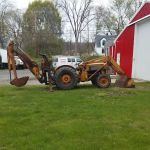 Drain D' Rooter4.0 (10 reviews)
Drain D' Rooter4.0 (10 reviews) Professional Plumbing Inc4.0 (64 reviews)
Professional Plumbing Inc4.0 (64 reviews) Anderson Plumbing Co3.0 (6 reviews)
Anderson Plumbing Co3.0 (6 reviews)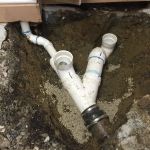 How to Reroute a Drain Line After Flooring Remodel
How to Reroute a Drain Line After Flooring Remodel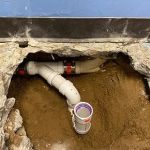 How to Repair a Slab Leak Under the Floor: A Step-by-Step Guide
How to Repair a Slab Leak Under the Floor: A Step-by-Step Guide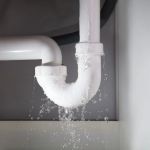 How to Fix a Sink That Rattles When Water Runs: Troubleshooting Guide
How to Fix a Sink That Rattles When Water Runs: Troubleshooting Guide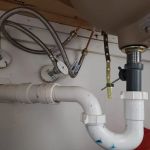 How to Repair a Sink That Drains Faster Than Faucet: Fixing Plumbing Issues Efficiently
How to Repair a Sink That Drains Faster Than Faucet: Fixing Plumbing Issues Efficiently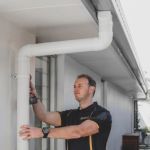 What to Know About Plumbing Permits for Home Renovations
What to Know About Plumbing Permits for Home Renovations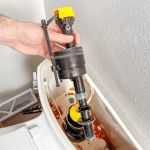 How to Replace a Toilet Fill Valve Quietly
How to Replace a Toilet Fill Valve Quietly